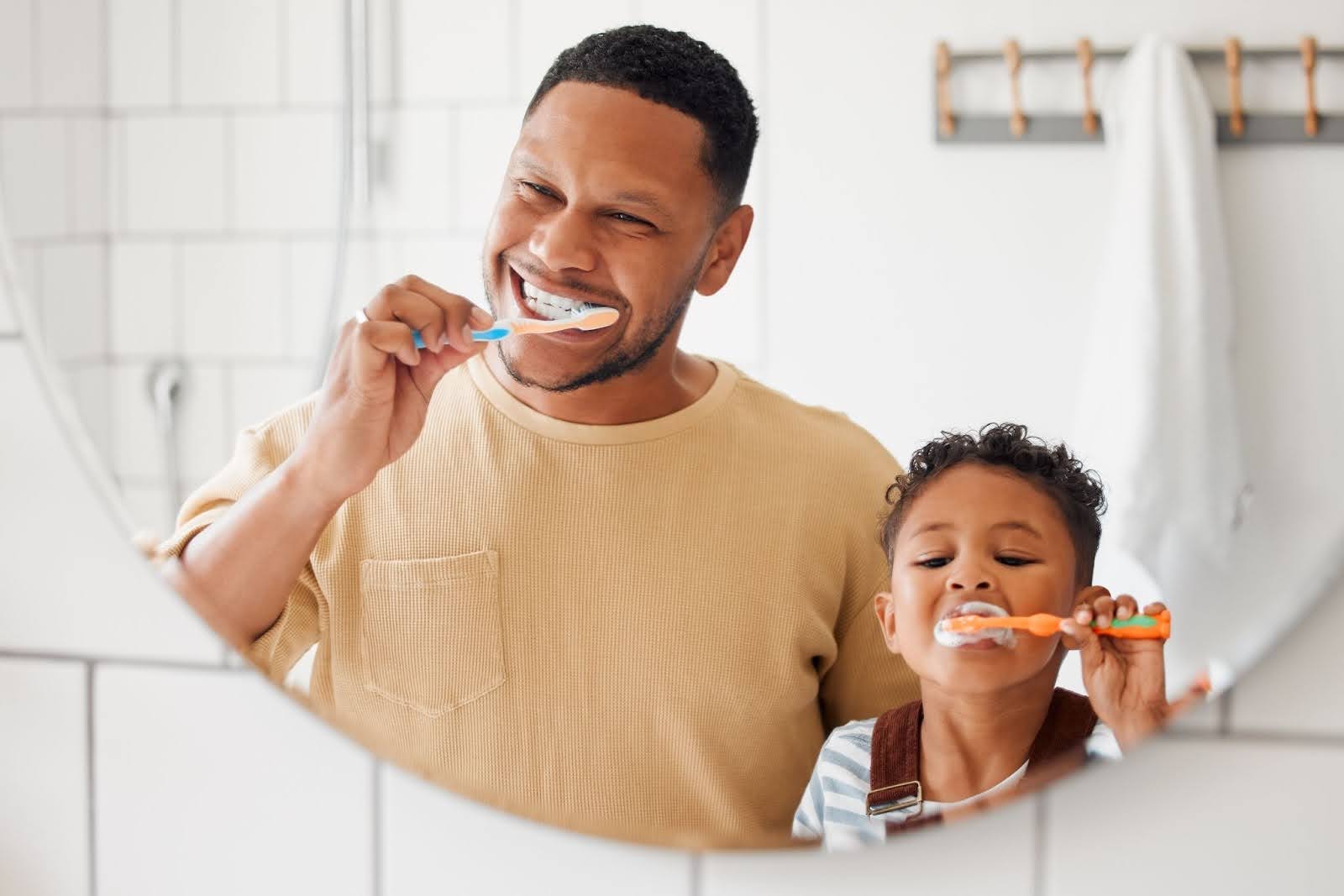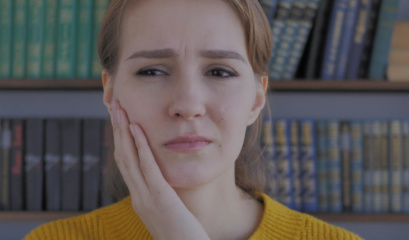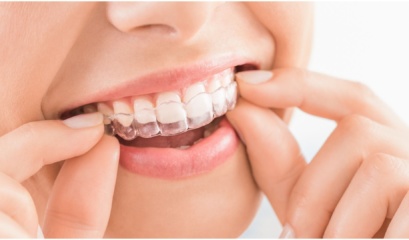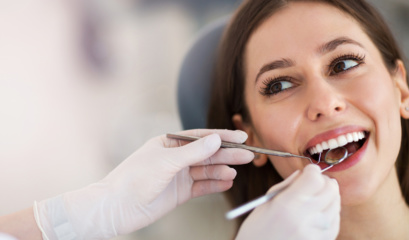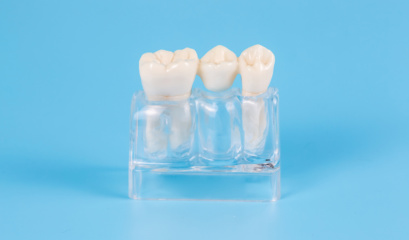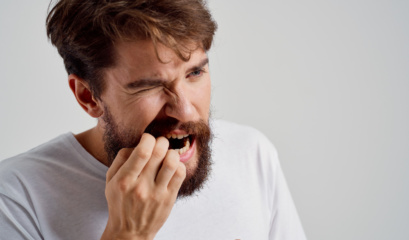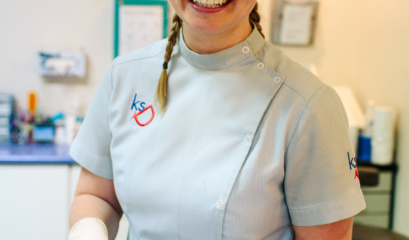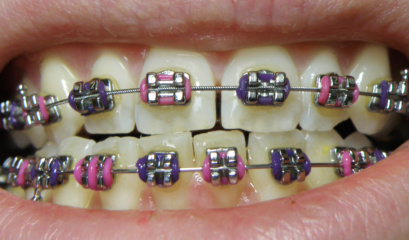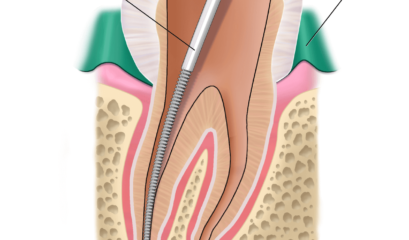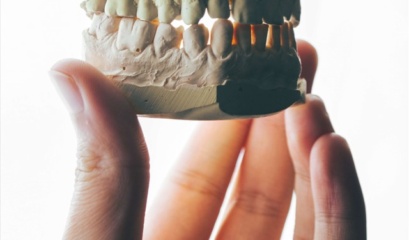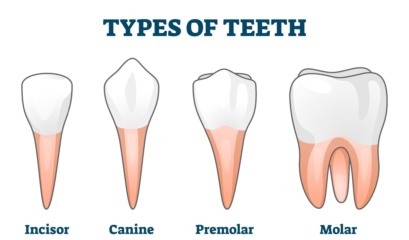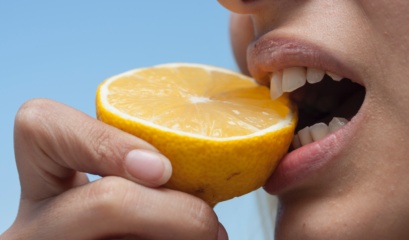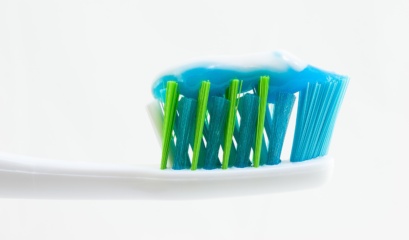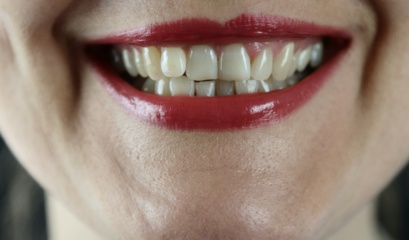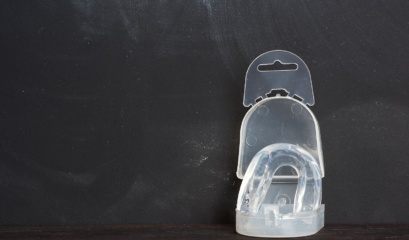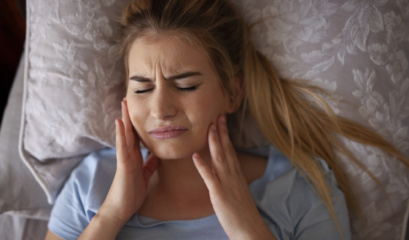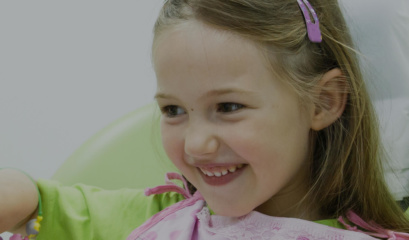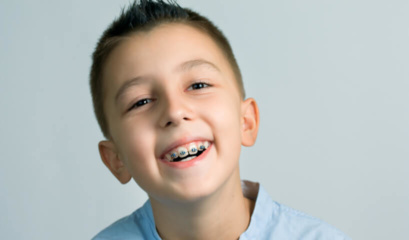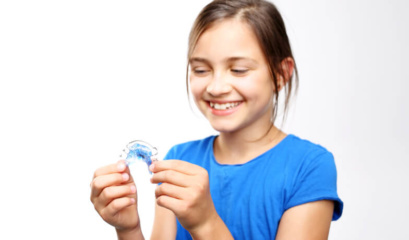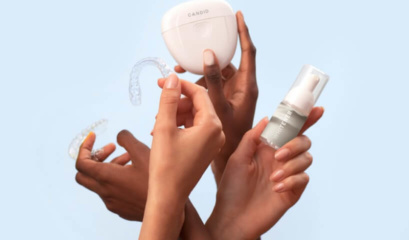Do you know how to brush your teeth properly? It might seem like a basic task, but proper tooth brushing is fundamental to maintaining good oral health. With various types of toothbrushes and toothpaste options available, it can be challenging to know if you’re doing it right.
Choosing the Right Toothbrush
Manual vs. Electric Toothbrushes
The first decision is between manual and electric. Manual toothbrushes are affordable and easy to control, making them a popular choice. Electric toothbrushes, on the other hand, offer automated bristle movements which can be more effective in removing plaque, especially for those who might struggle with manual brushing. Most importantly, choose a toothbrush that you are most comfortable using every day.
Bristle Softness
Soft bristles are generally recommended as they are less abrasive on the gums and enamel. Medium and hard bristles, while seemingly more effective at plaque removal, can cause gum recession and enamel wear over time. If you don’t have a gum issue, using medium to hard bristles is fine. But if you do, we recommend using soft bristles to avoid any irritation.
Head Size and Handle Design
The size of the toothbrush head should allow easy access to all areas of your mouth, particularly the hard-to-reach back teeth. A comfortable handle design is also important for a firm grip, ensuring controlled and effective brushing movements.
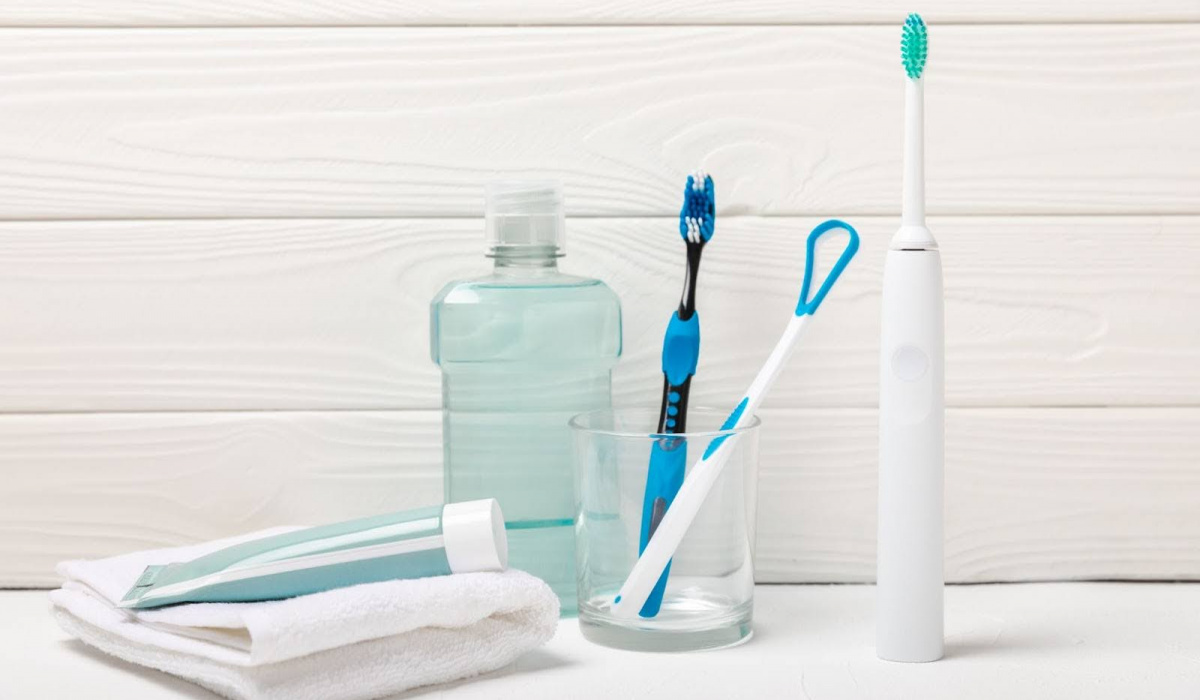
Selecting the Right Toothpaste
Choosing the right toothpaste is as crucial as selecting the appropriate toothbrush. With many options available, it can be overwhelming to find the one that suits your specific oral health needs. Here are some guidelines to help you navigate the choices:
Fluoride is Key
The most important ingredient to look for in toothpaste is fluoride. Fluoride strengthens tooth enamel and helps prevent tooth decay.
Tartar Control for Gum Health
If you are prone to tartar buildup, consider a toothpaste that includes tartar control. These toothpastes can help prevent tartar (hardened plaque) from forming above the gum line, thereby supporting gum health.
Sensitivity Formulas for Comfort
For those with sensitive teeth, toothpastes designed for sensitivity can make a big difference. They typically contain compounds that help block the transmission of sensation from the tooth surface to the nerve.
Whitening Toothpastes
If your goal is a brighter smile, you might opt for a whitening toothpaste. However, it’s important to use these products cautiously, as some can be abrasive and may not be suitable for long-term use.
Consider Your Personal Needs
If you have specific oral health issues like gingivitis, dry mouth, or bad breath, look for toothpastes tailored to these conditions. There are formulations designed to address each of these concerns effectively.
Children’s Toothpaste
For children, choose a toothpaste that is specifically formulated for kids. These usually have lower fluoride levels suitable for young users and come in flavours that are more appealing to children.
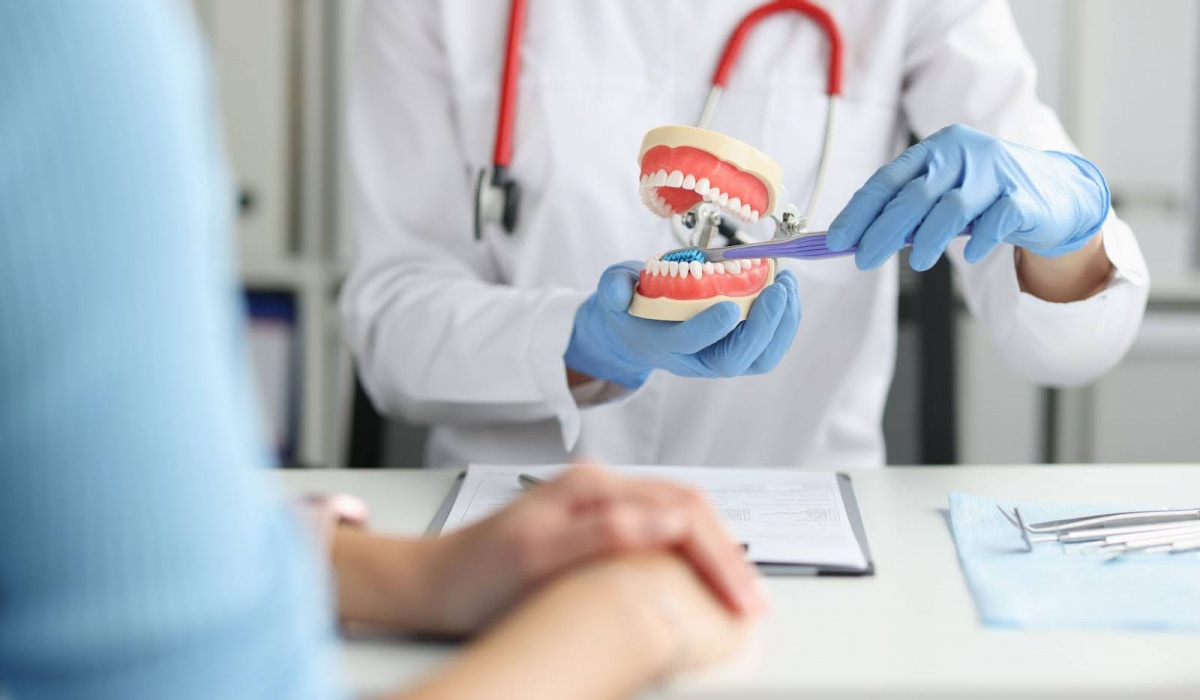
How to brush teeth properly?
Now that you’ve selected the right toothbrush and toothpaste, it’s time to focus on brushing your teeth. Proper brushing not only cleans your teeth but also stimulates the gums, promoting overall oral health.
Correct Angle and Motion
Hold your toothbrush at a 45-degree angle to the gums. This angle allows the bristles to reach the tiny gap between the teeth and gums, a hotspot for plaque accumulation. Use gentle, circular motions rather than aggressive back-and-forth strokes. This circular technique is gentle on the enamel and effective in dislodging plaque.
How Long to Brush Teeth
We recommend brushing for at least two minutes, twice a day. Divide your mouth into four quadrants – upper left, upper right, lower left, and lower right – and spend about 30 seconds on each. Ensure you cover all surfaces – outer, inner, and chewing surfaces of the teeth.
Don’t Forget the Tongue
A lot of bacteria reside on your tongue’s surface, contributing to bad breath and other oral health issues. Gently brush your tongue, or use a tongue scraper, to remove this layer of bacteria.
Post-Brushing Rinse
After brushing, rinse your mouth with water to remove any dislodged plaque and food particles. Using an antibacterial mouthwash can be an added benefit for overall oral hygiene.
Toothbrush Maintenance
Rinse your toothbrush thoroughly after each use and allow it to air-dry. Avoid covering the toothbrush or storing it in closed containers, which can promote microbial growth. Also, remember to replace your toothbrush every three to four months or sooner if the bristles are frayed.
How to Brush Your Teeth for Kids
Teaching kids the importance of brushing their teeth can be a fun and engaging experience. Here are a couple of factors to consider when teaching your little ones how to brush their teeth.
Start Early
Introduce oral hygiene habits as soon as your child’s first tooth appears. In the beginning, use a soft, child-sized toothbrush and a smear of fluoride toothpaste the size of a grain of rice.
Make It Fun
To get kids excited about brushing, turn it into a game. You can use a “brush your teeth song” to make the process enjoyable. Songs that last around two minutes are perfect, as they keep kids brushing for the recommended duration.
Educate Through Play
Use age-appropriate books and videos about dental health to educate them on the importance of brushing. Role-playing with their favourite toys or characters can also be an effective way to demonstrate proper brushing techniques.
Brush Together
Children learn by example. By brushing your teeth alongside your child, you’re not only supervising their technique but also showing them that oral hygiene is essential for everyone, regardless of age.
Positive Reinforcement
Praise your child for a job well done. You can even create a reward chart to track their brushing and offer small rewards for consistent habits.
Choose Child-Friendly Dental Products
Let your child pick their toothbrush and toothpaste. There are many child-friendly options available that feature fun colours, characters, and flavours.
Mastering how to brush your teeth effectively is a cornerstone of good oral hygiene. By choosing the right toothbrush and toothpaste, adhering to proper brushing techniques, and ensuring the correct duration, you set a strong foundation for a healthy mouth. For our younger patients, incorporating fun elements like a ‘brush your teeth song’ can transform a routine task into an enjoyable habit, instilling good oral health practices early in life.
At Knight Street Dentists, we’re committed to guiding you through every step of your oral health journey. Whether you’re perfecting your own routine or teaching the little ones, remember that every brush stroke counts towards a brighter, healthier smile. We encourage you to keep these guidelines in mind and never hesitate to reach out to us for personalised advice. If you have any concerns about your oral health, contact us for regular check-ups.

